BRICS and the Evolution of Global Finance: Why Blockchain Payment Systems Are the Way Forward Part 2
In the first part of our discussion, we explored the feasibility of blockchain-based international payment systems for the BRICS nations, concluding that it offers a more pragmatic approach than a unified BRICS currency. Hence, in this second part, we delve deeper into the steps necessary to actualize this vision.
In today’s digital era, blockchain promises to revolutionize various sectors, including payment systems. BRICS, comprising Brazil, Russia, India, China, and South Africa, has the potential to leverage this technology to bolster their economic cooperation. Here's a recommended roadmap for constructing a global blockchain-based payment system for BRICS:
Decentralization: At the heart of blockchain, decentralization ensures the system’s security and resilience. Through this model, transactions are verified by multiple independent parties scattered worldwide. This not only creates a more egalitarian ecosystem but also aligns with BRICS’s aspiration to offer an alternative to the West-dominated global order.
BRICS Token: A strategic initial step would be the creation of a specific cryptocurrency token for transactions within this system. This token transcends being a mere medium of exchange. It stands as a benchmark of value, a wealth reservoir, and an international transaction tool that reduces dependency on dominant currencies like the US Dollar. With this token, BRICS can not only reinforce economic integration amongst its members but also enhance their autonomy in international dealings, all underpinned by the transparency and security blockchain technology offers.
Transaction Speed: In the digital world, transactional speed is paramount. Hence, the blockchain-based payment system must be designed to swiftly handle vast transaction volumes. Consensus models like Proof of Stake (PoS) present an efficient solution by validating transactions based on the amount of cryptocurrency an individual holds, rather than computational capacity. This reduces energy consumption and expedites transaction validation, ensuring quick completions, thereby fostering user trust and convenience.
Interoperability: For wide acceptance, the system should be readily integrable with other blockchains and conventional payment systems. This facilitates mass adoption, offering the value proposition of reduced transfer costs and swifter processes.
Security: In an age where cyber threats constantly loom, high-grade encryption combined with other security mechanisms, like multi-signature wallets, becomes imperative. Security is a cornerstone of digital payment systems, especially in an era with sophisticated and persistent cyber threats. High-grade encryption ensures that stored and transferred data remains shielded from external threats. This functions as a digital padlock, only unlockable using specific keys, safeguarding data confidentiality. Additionally, multi-signature wallets enhance security layers by demanding multiple verifications before a transaction proceeds. This way, even if one key is compromised, transactions can’t occur without authorization from other keyholders. Combining these methods offers users a more robust security guarantee, protecting their assets and data from potential risks.
Regulation & Compliance: Collaborating with financial regulators from BRICS nations ensures compliance and governmental support. This collaboration guarantees that the payment system adheres to the laws and regulations of each member country. Not only does this ensure operational legality, but it also establishes trust among users and other stakeholders. With government endorsement, legal risks decrease, and there's a boost in the system’s adoption by traditional financial institutions and the general public. Compliance also ensures consumer protection, system integrity, and prevention of illegal activities like money laundering or terrorism funding. Thus, tight cooperation with local regulators and governments is strategically crucial for the success and sustainability of the blockchain-based payment system on the international stage.
Education: Educational campaigns are vital to heightening awareness among the general public and related stakeholders. Education is pivotal for the success of new technology adoption, especially in the crypto and blockchain world, which many still find unfamiliar. Through educational campaigns, the public and stakeholders can grasp the fundamental principles, benefits, and risks associated with the blockchain-based payment system. These campaigns can take the form of seminars, webinars, workshops, or even digital content like videos and articles. Effective education can reduce misconceptions, ensure users are well-informed, and ultimately boost trust, supporting the system's broader adoption.
Integration with Other Services: Easy integration with other platforms, like crypto exchanges and banks, will enhance adoption. This integration is crucial for the development of the blockchain-based payment system. In today’s interconnected and digital global context, a platform's ability to collaborate and connect with others is essential. For instance, integrating the payment system with crypto exchanges allows users to easily convert their crypto to fiat currency and vice versa. Furthermore, integration with banks and traditional financial institutions offers a seamless transition between the crypto and conventional financial worlds, enhancing user confidence and trust.
Availability: Being a global system, 24/7 accessibility is imperative. Continuous availability in today's digital era, especially for a platform with global reach like BRICS, ensures that transactions can be conducted at any time, unfettered by conventional operational hours of traditional banks. This provides users with exceptional flexibility, particularly for those transacting across different time zones. Additionally, round-the-clock availability symbolizes a system's resilience and reliability.
Constructing a payment system with the above recommendations will not only enhance efficiency but also user trust. With the right approach, BRICS can position itself as a leader in the global financial evolution based on blockchain. Realizing this would position BRICS as a much-needed solution provider for today's global financial industry. Cross-country trade becomes more efficient, quicker, cheaper, and secure.
On the flip side, the system will also boost financial inclusion. One of the blockchain system's advantages is its potential to include those previously untouched by conventional banking systems, which poses a significant challenge for some of its member countries or others wishing to join.






















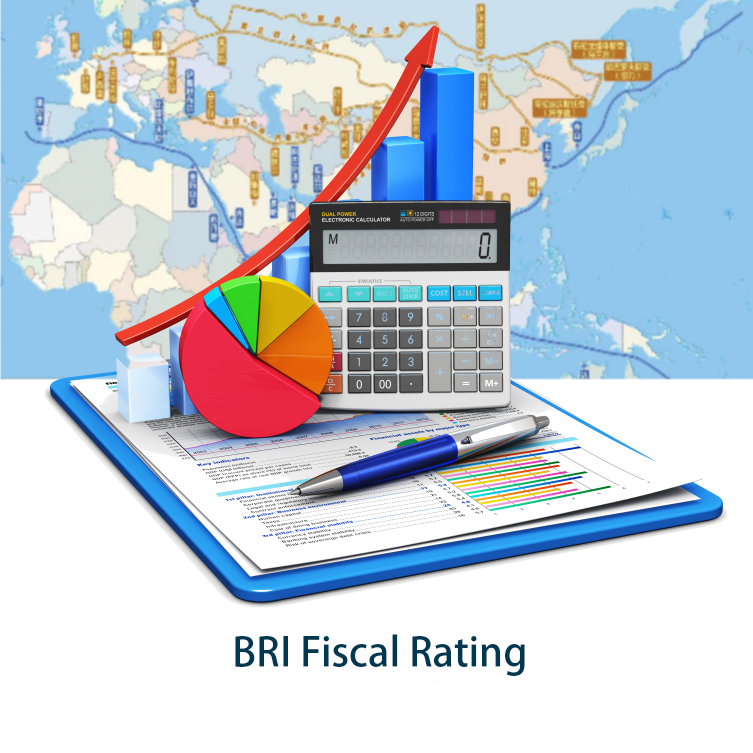
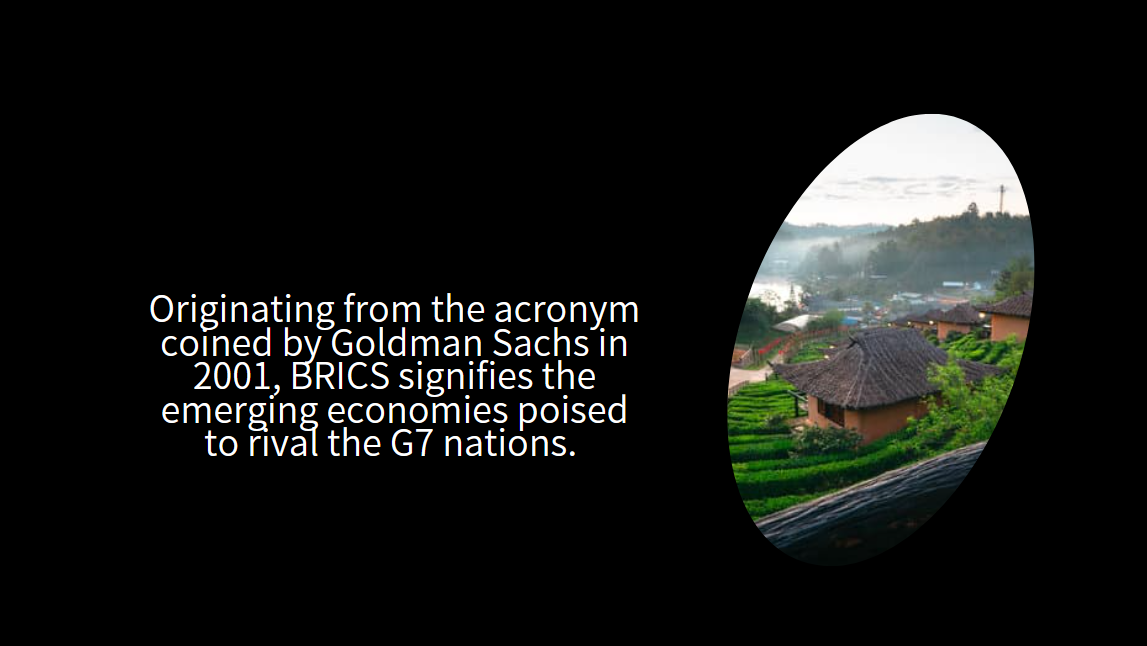
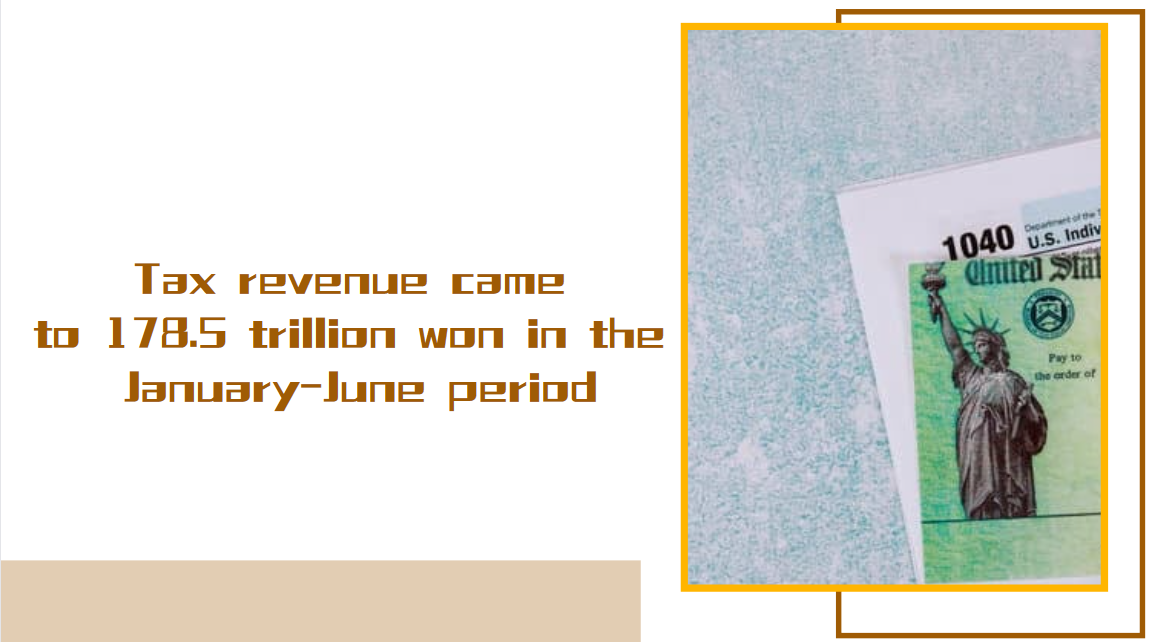
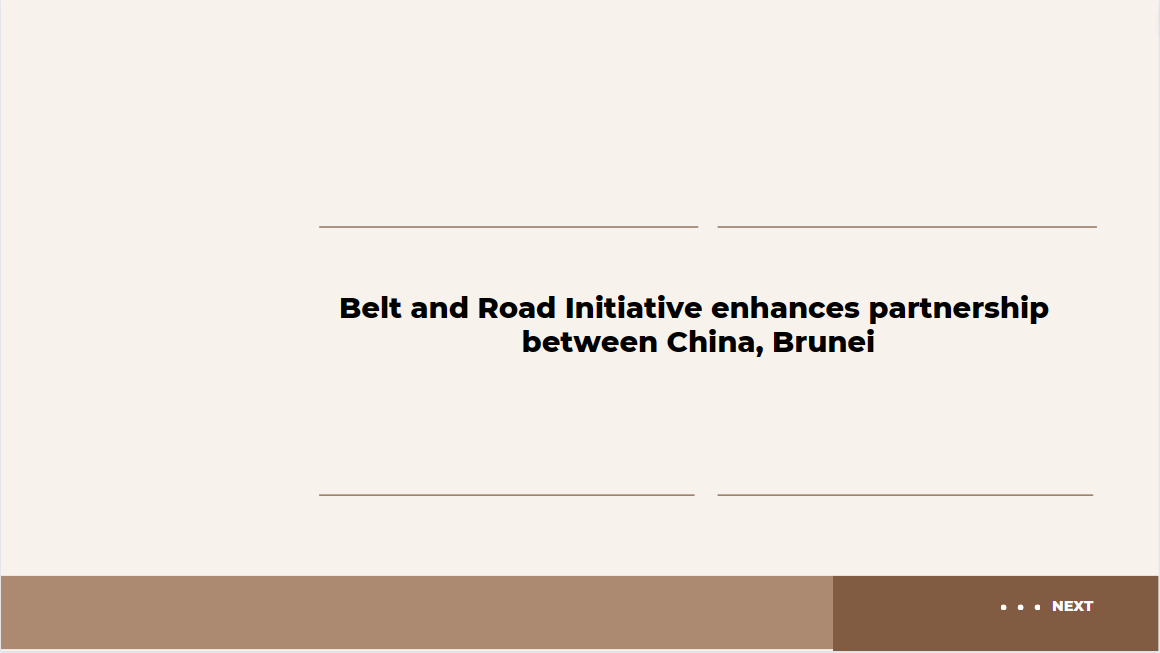
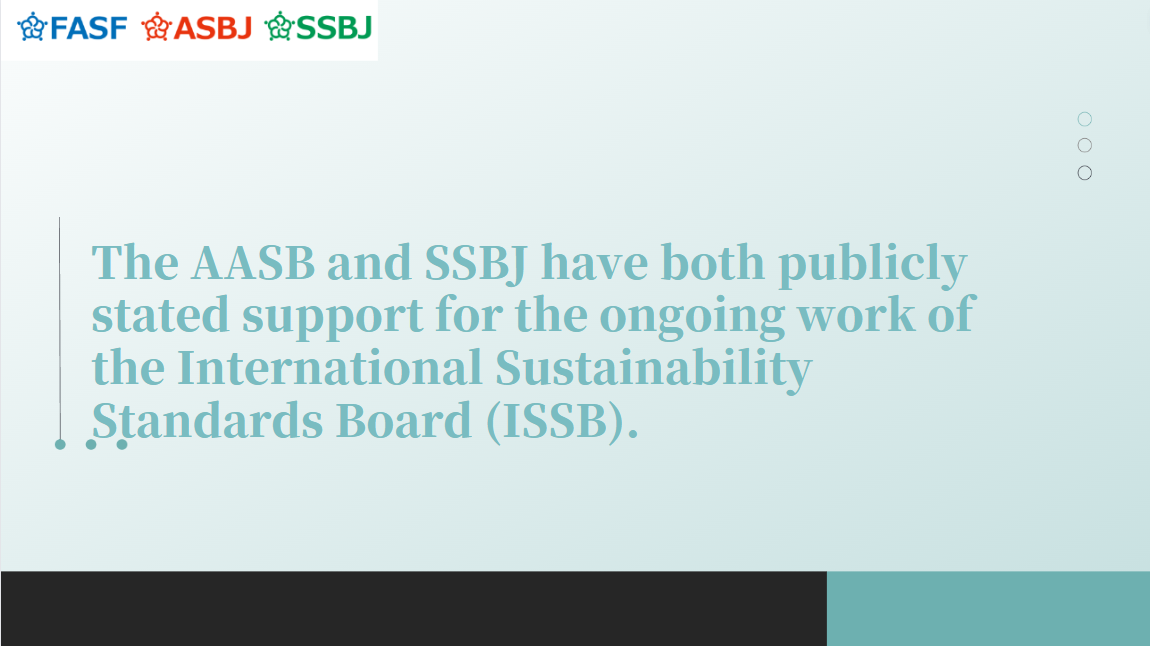




























First, please LoginComment After ~